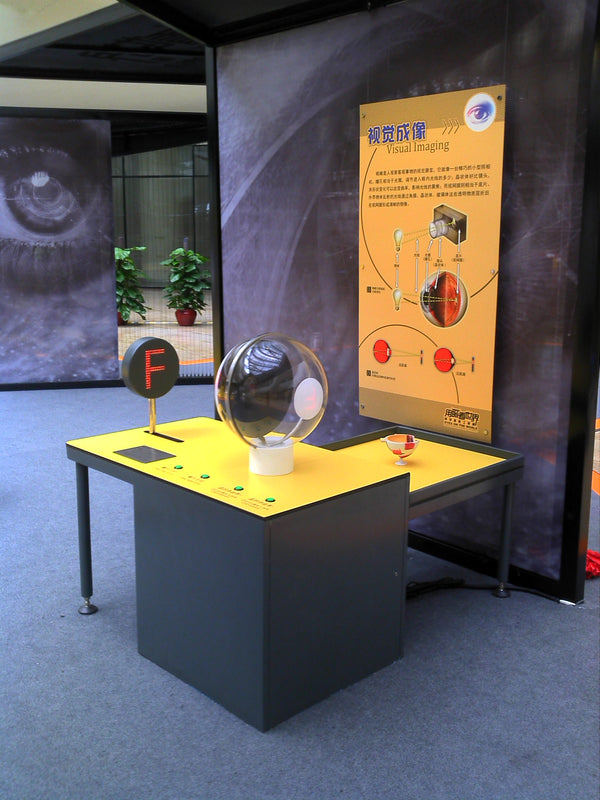The Wonders of Visual Imaging: How Our Eyes Capture the World

Introduction: The human eye serves as our primary organ for observing the objective world around us, akin to a sophisticated miniature camera. In this blog post, we'll delve into the intricate mechanisms of visual imaging, drawing parallels between the components of the eye and those of a camera.
The Eye as a Camera: Just like a camera, the eye consists of several essential components that work together seamlessly to capture images of our surroundings.
-
The Pupil – Akin to the Aperture: The pupil of the eye functions similarly to the aperture of a camera. It adjusts its size to regulate the amount of light entering the eye. In dim lighting conditions, the pupil dilates to allow more light in, while in bright environments, it constricts to reduce the amount of light.
-
The Lens – Resembling the Camera Lens: The lens of the eye, known as the crystalline lens, is analogous to the lens of a camera. It is responsible for focusing light onto the retina, the light-sensitive tissue located at the back of the eye. The curvature of the lens can be altered by the ciliary muscles, allowing the eye to focus on objects at different distances.
-
The Retina – Corresponding to the Camera Sensor: The retina is akin to the sensor of a camera. It captures the focused image formed by the lens and converts it into electrical signals that are sent to the brain via the optic nerve. The retina contains specialized photoreceptor cells known as rods and cones, which detect light and color, respectively.
Visual Processing: Once the image is captured by the retina, it undergoes complex processing within the brain to form a coherent visual perception. This process involves various areas of the brain, including the visual cortex, where the raw visual data is interpreted and integrated to create the rich visual experience that we perceive.
Conclusion: The human eye is a marvel of biological engineering, equipped with sophisticated mechanisms that enable us to perceive the world around us in vivid detail. By likening the components of the eye to those of a camera, we can gain a deeper understanding of the intricacies of visual imaging.
Through the coordinated efforts of the pupil, lens, and retina, our eyes function as intricate imaging devices, capturing the beauty and complexity of the world with remarkable precision. As we continue to unravel the mysteries of visual perception, we gain a greater appreciation for the wonders of the human eye and its role in shaping our perception of reality.
By exploring the parallels between the eye and a camera, we can gain insights into both the biological and technological aspects of visual imaging, fostering a deeper appreciation for the remarkable capabilities of the human visual system.
